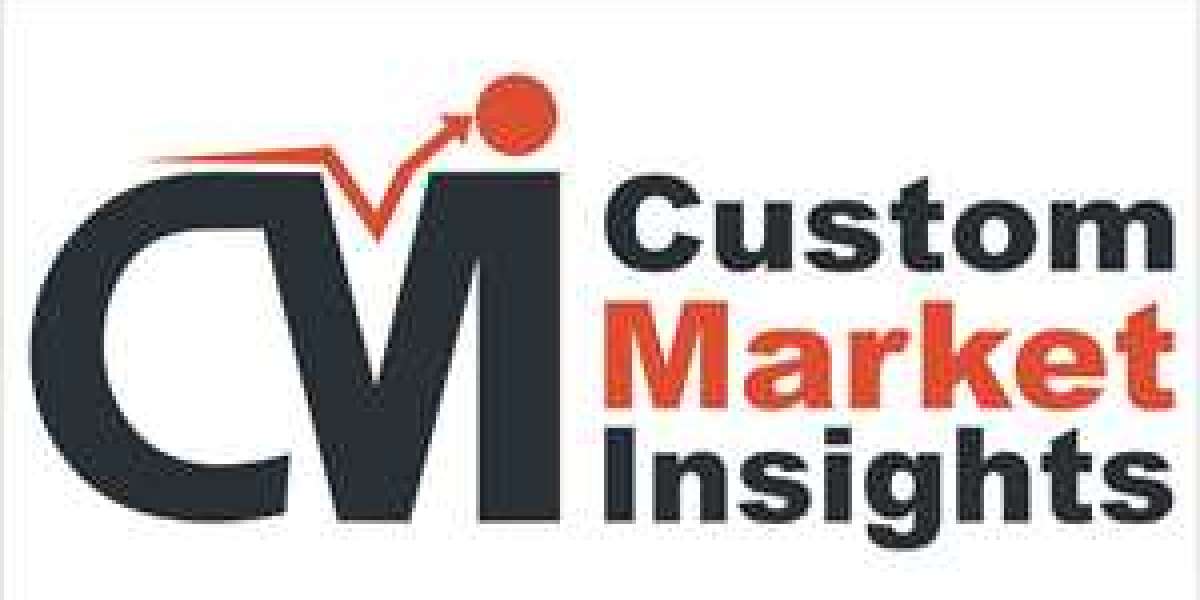Introduction
Durable Medical Equipment (DME) billing is a critical aspect of the healthcare industry, ensuring that patients receive the necessary medical equipment while providers get appropriately reimbursed for the services they offer. This process is intricate, involving various regulations, coding systems, and payer requirements. In this article, we will delve into the details of DME medical billing, exploring its significance, the steps involved, common challenges, and best practices to ensure smooth and efficient billing processes.
What is Durable Medical Equipment (DME)?
DME refers to medical equipment that is designed to withstand repeated use, serve a medical purpose, and be appropriate for use in the home. These items are essential for the treatment and management of various health conditions. Common examples of DME include:
- Wheelchairs
- Hospital beds
- Oxygen equipment
- Walkers
- Crutches
- Continuous Positive Airway Pressure (CPAP) machines
DME is prescribed by healthcare providers to enhance patients' quality of life and support their recovery or management of chronic conditions. Given the crucial role DME plays in patient care, the billing process for these items is highly regulated and requires meticulous attention to detail.
Importance of DME Medical Billing
The significance of DME medical billing cannot be overstated. Proper billing ensures that healthcare providers receive timely and accurate reimbursement for the equipment they provide to patients. Additionally, it helps in maintaining compliance with healthcare regulations and avoiding potential legal issues. Effective DME billing also:
- Facilitates patient access to necessary medical equipment
- Reduces financial strain on healthcare providers
- Enhances operational efficiency within healthcare facilities
- Promotes transparency and accountability in healthcare transactions
Steps Involved in DME Medical Billing
DME medical billing involves several key steps, each requiring careful execution to ensure successful reimbursement. The following outlines the typical process:
1. Patient Assessment and Prescription
The process begins with a healthcare provider assessing the patient's medical condition and determining the need for DME. Once the necessity is established, the provider writes a prescription for the required equipment. This prescription is essential for initiating the billing process.
2. Verification of Insurance Coverage
Before the DME can be provided, it is crucial to verify the patient's insurance coverage. This step involves checking the patient's insurance plan to ensure that it covers the prescribed equipment. Different insurance plans have varying coverage policies, and understanding these is essential to avoid claim denials.
3. Authorization and Documentation
Insurance companies often require prior authorization before covering DME costs. This involves submitting detailed documentation, including the prescription, medical necessity forms, and any other relevant medical records. Obtaining prior authorization helps in securing reimbursement and minimizing claim rejections.
4. Delivery and Setup of DME
Once authorization is obtained, the DME is delivered to the patient. Proper setup and training on the use of the equipment are provided to ensure patient safety and compliance with the prescribed treatment plan.
5. Coding and Billing
Coding is a critical aspect of DME billing. Accurate coding ensures that the equipment provided is correctly identified and billed. Common coding systems used in DME billing include:
- HCPCS (Healthcare Common Procedure Coding System): This system is used to code DME items and supplies. HCPCS codes provide standardized descriptions for DME products.
- ICD-10 (International Classification of Diseases, 10th Revision): ICD-10 codes are used to indicate the patient's medical condition and justify the need for DME.
6. Claim Submission
After coding, the claim is prepared and submitted to the insurance company for reimbursement. This step involves compiling all necessary documentation, including the prescription, authorization, and coding information. Timely submission of claims is crucial to avoid delays in payment.
7. Claim Follow-Up and Appeals
In some cases, claims may be denied or require additional information. It is essential to follow up on submitted claims to address any issues promptly. If a claim is denied, the provider may need to appeal the decision by providing additional documentation or clarifying the medical necessity of the equipment.
8. Payment Posting and Reconciliation
Once the claim is approved, the insurance company processes the payment. The payment is then posted to the provider's account, and any discrepancies are reconciled. This step ensures that the provider receives the correct reimbursement for the services rendered.
Common Challenges in DME Medical Billing
DME medical billing is a complex process that can be fraught with challenges. Some of the most common issues faced by providers include:
1. Documentation Errors
Incomplete or inaccurate documentation is a leading cause of claim denials. Ensuring that all required forms are correctly filled out and submitted is essential to avoid delays and rejections.
2. Coding Mistakes
Incorrect coding can result in claim denials or underpayments. Providers must stay updated on the latest coding guidelines and ensure that staff are adequately trained in coding practices.
3. Prior Authorization Delays
Obtaining prior authorization can be time-consuming, and delays in this process can hinder the timely provision of DME to patients. Streamlining the authorization process and maintaining clear communication with insurance companies can mitigate this challenge.
4. Insurance Verification Issues
Verifying insurance coverage is critical, but it can be complicated by variations in coverage policies among different insurers. Providers must thoroughly check coverage details to avoid unexpected claim denials.
5. Denied Claims
Claim denials can occur for various reasons, including lack of medical necessity, missing documentation, or incorrect coding. Addressing denials promptly and effectively requires a systematic approach to appeals and resubmissions.
6. Compliance with Regulations
The healthcare industry is highly regulated, and staying compliant with federal and state regulations is essential. Non-compliance can lead to legal issues and financial penalties.
Best Practices for Effective DME Medical Billing
To navigate the complexities of DME medical billing successfully, providers can adopt several best practices:
1. Comprehensive Documentation
Ensure that all required documentation is complete, accurate, and submitted in a timely manner. This includes prescriptions, medical necessity forms, and any additional supporting records.
2. Accurate Coding
Stay updated on coding guidelines and ensure that coding staff are well-trained. Regularly review and audit coding practices to minimize errors.
3. Efficient Prior Authorization
Streamline the prior authorization process by maintaining clear communication with insurance companies and submitting complete documentation. Implementing electronic systems can expedite this process.
4. Thorough Insurance Verification
Verify insurance coverage details meticulously before providing DME. This includes checking for any specific requirements or limitations in the patient's insurance plan.
5. Prompt Claim Submission and Follow-Up
Submit claims promptly and monitor their status regularly. Address any issues or denials quickly to avoid delays in reimbursement.
6. Ongoing Staff Training
Invest in regular training for billing and coding staff to ensure they are knowledgeable about the latest regulations, coding systems, and best practices in DME billing.
7. Compliance and Auditing
Maintain compliance with all relevant regulations and conduct regular audits to identify and address any potential issues in the billing process. This includes staying updated on changes in healthcare laws and payer policies.
8. Technology Integration
Leverage technology to enhance the efficiency and accuracy of the billing process. Implementing electronic health records (EHR) systems, billing software, and automated workflows can streamline operations and reduce errors.
Conclusion
DME medical billing is a vital component of the healthcare industry, ensuring that patients receive essential medical equipment while providers receive proper reimbursement for their services. By understanding the intricacies of the billing process, addressing common challenges, and adopting best practices, healthcare providers can navigate the complexities of DME billing effectively.
In summary, comprehensive documentation, accurate coding, efficient prior authorization, thorough insurance verification, prompt claim submission and follow-up, ongoing staff training, compliance and auditing, and technology integration are key to successful DME medical billing. By prioritizing these practices, providers can enhance operational efficiency, reduce financial strain, and ultimately improve patient care outcomes.






















